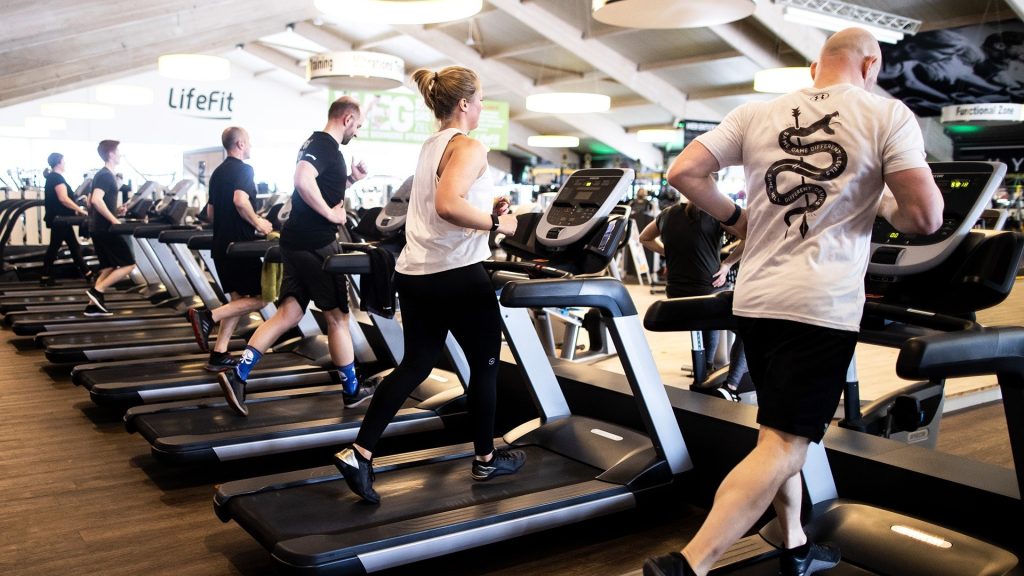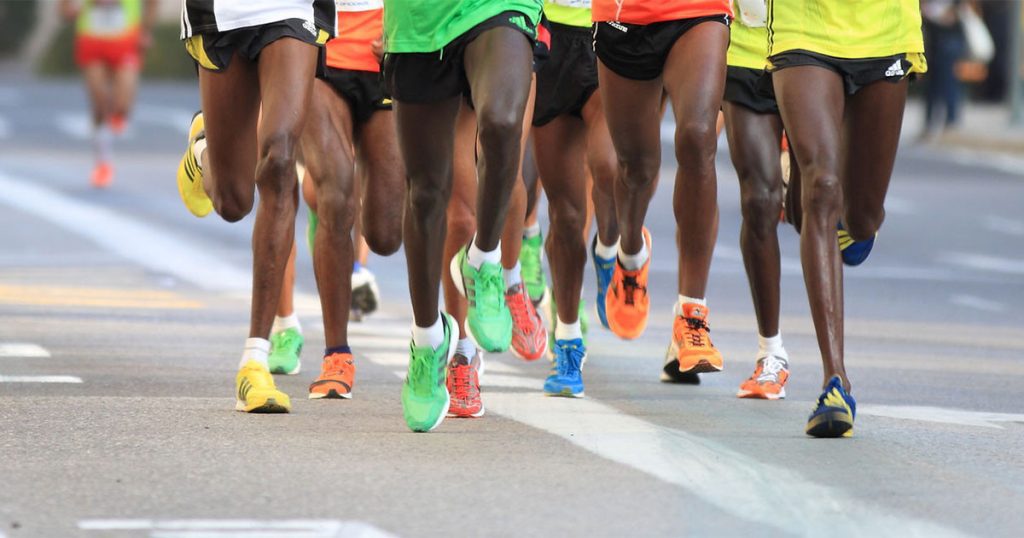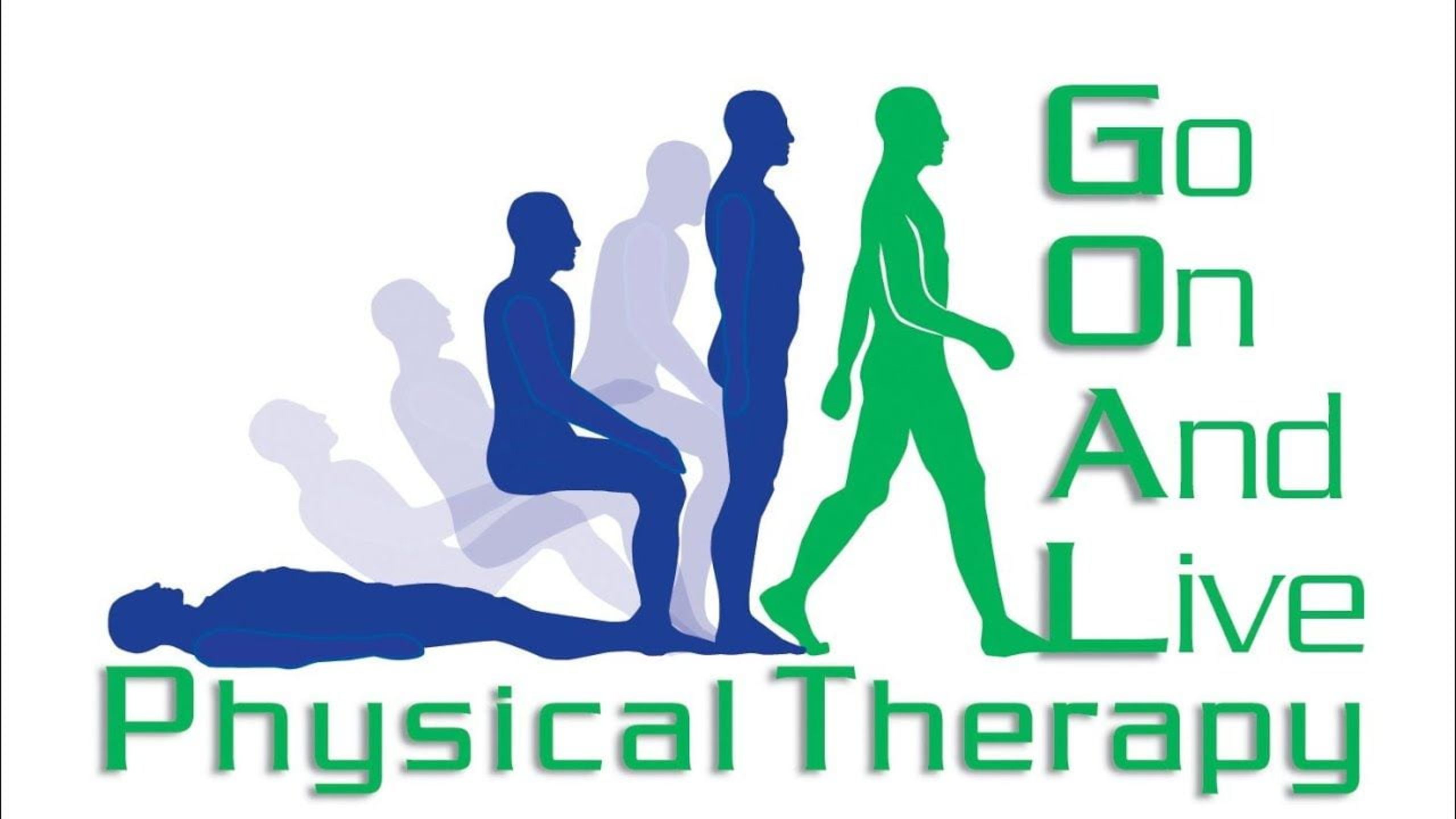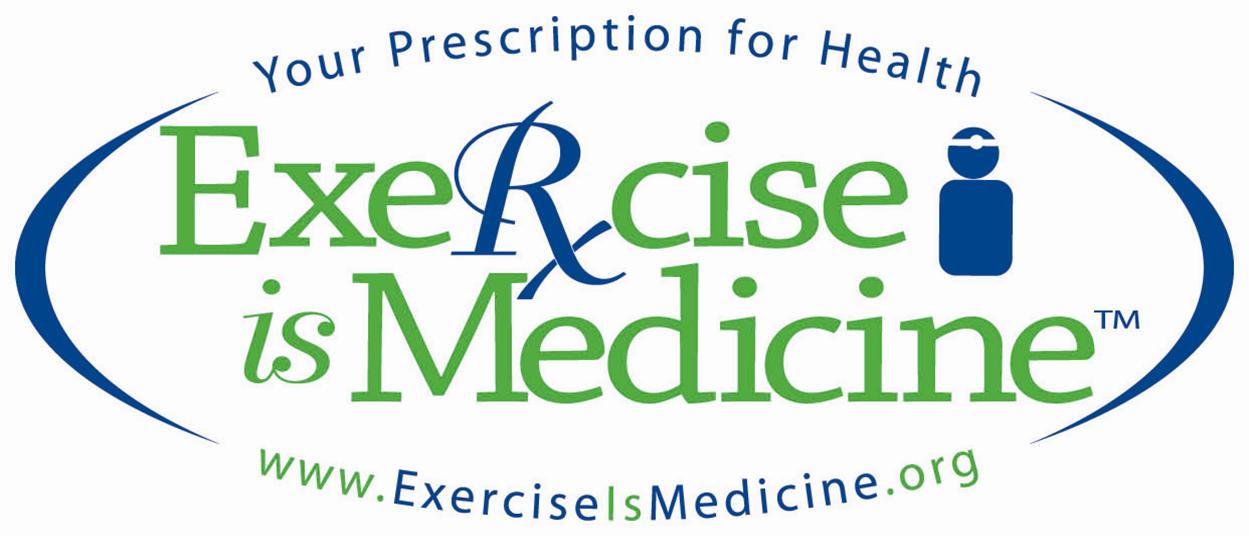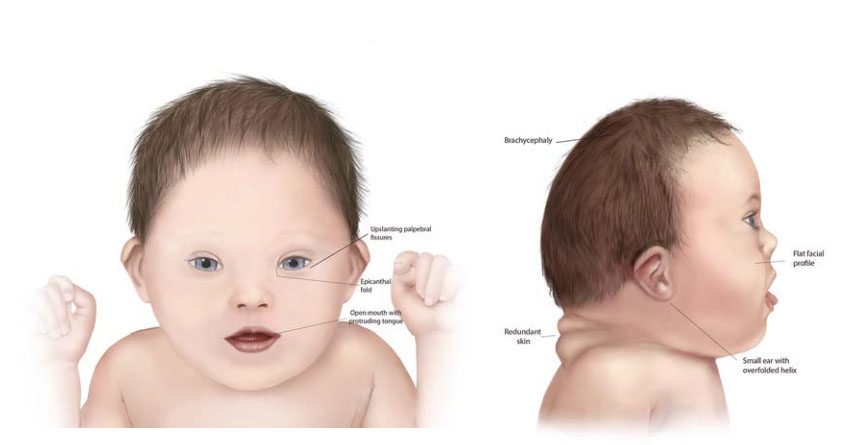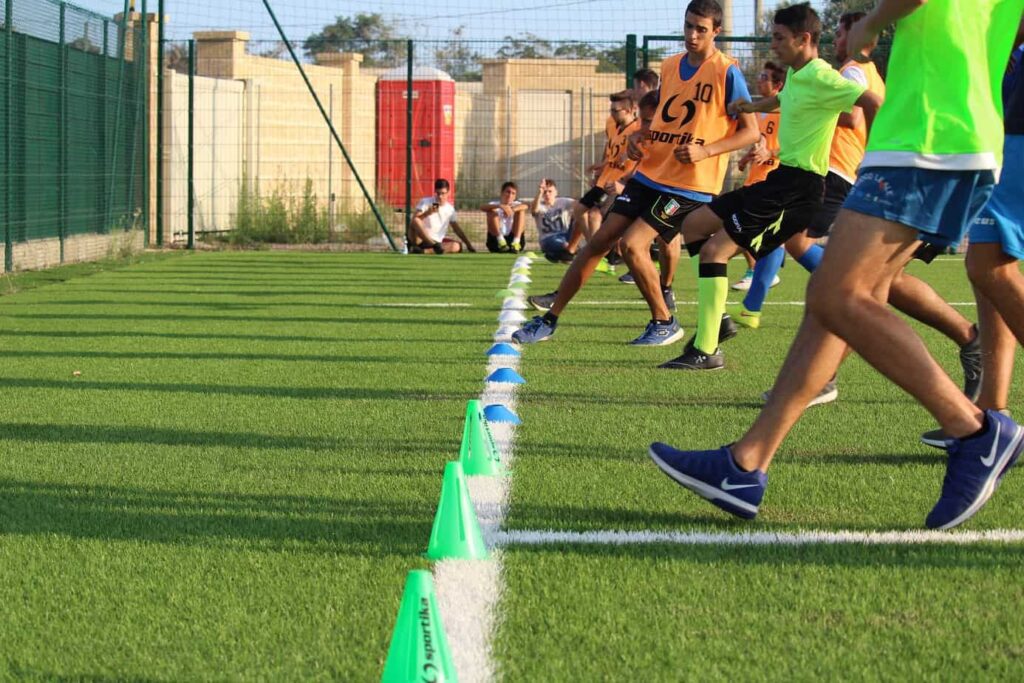BACK PAIN TREATMENT APPROACH FROM MARTVIC EXERCISE THERAPY CENTER
By;
Dr Martin Sisa Yauma (PHD) (Sports Medicine Consultant)
Mr. Joshua Waweru (Physical Therapist)
#Back Pains
#Physical/Exercise Therapy
What is back pain?
Low back pain or lumbago is a condition that refers to a pain that stems from the lower back region.
Main causes of low back pain
- Muscle or ligaments strains- engaging in repetitive activities like lifting, bending and standing for long hours can cause micro-tears to the back muscles and ligaments which can manifest symptoms of back pains.
- Herniated or bulging discs. Herniated disk refers to a problem with one of the rubbery cushions, called disks, that sit between the bones that stack to make the spine.
- Osteoarthritis and spinal arthritis (spondylosis)
- Spinal stenosis- this is when the space around your spinal cord becomes narrow, this irritates your spinal cord and/or the nerves that branch off it.
- Adaptive muscle shortening, tightness or lengthening- spending prolonged hours in activities such as sitting, standing or poor posture can make the muscles become adapted to this posture (shortening or lengthening) causing back pain.
- Scoliosis- refers to the sideway curvature of the spine.
- Malignant or benign spinal tumors.
Common Symptoms;
- Pain that’s located in the lumbar area of the spine is the primary symptom. Typically, this pain includes lower back stiffness, muscle tension and achiness. In the worst cases, mobility can be compromised.
- The pain is localized, meaning that it’s confined to a small area.
- Restricted movement of the spine can be a symptom, such as when you try to bend over or lean backwards.
- Another indication of low back pain can be pain felt in the lower portion of the back that can spread out into the buttock, the groin or to the back of the thigh.
- If the pain includes a numbness in the buttocks, back or leg, along with a tingling feeling that radiates down the leg to the foot, it is known as sciatica. This occurs when the sciatic nerve is irritated.
- Swelling or inflammation of the back or leg can be a warning sign.
- Lower back pain when you sneeze or cough.
Visit Martvic and Say Goodbye to Backpain?
At Martvic Exercise Therapy Center we employ a holistic treatment approach for back pains that includes the following;
- Exercise/physical therapy- this entails use of manual modalities and techniques that includes;
- Manual Massage therapy- this helps relax the tensed soft tissues (muscles, ligaments and tendons), promotes healing, alleviate pain and inflammation and improve blood circulation.
- Gentle stretches- stretches targets the shortened muscles helping to restore back their length and improve overall back mobility.
- Therapeutic conditioning exercises- strengthening of the back and core muscles is key in order to provide adequate support to the spinal column.
- Workplace ergonomics architecture – some occupation will put you in repetitive stress like prolonged hours of siting, standing or bending. In the long run the body adapts to this faulty posture which can affect the spinal column causing symptoms of back pains.
At Martvic we educate people on how to work and think ergonomically (designing or arranging workplaces, products and systems so that they fit the people who use them).
- Nutritional counseling – deficiency of some key elements like copper, vitamin B9 and B 12 can affect the spinal cord and peripheral nerves. Supplementing with foods rich in copper can help improve circulation and it is ideal for natural pain relief.
This treatment approach not only provide temporary relief from pain and inflammation but it is a permanent fix as it focusses on targeting the root cause of the back pain.
This treatment which is affordable enables you to restore your overall back mobility and resume to your normal function without pain or discomfort.
Adopt this lifestyle with Martvic Exercise Therapy Center.
Visit Martvic Exercise therapy center to get best lifestyle care.
Facebook; Martvic exercise therapy center
Instagram @martvictherapy
Mobile no: 0715466620



